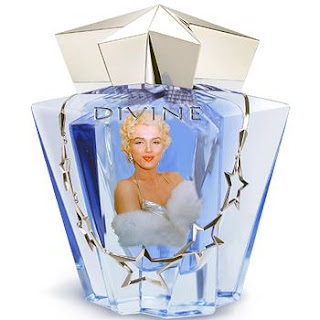As a way of commemorating fashion icon Marilyn Monroe who last friday should have turned 86 years old, modelmanagement.com goes over some of the best tributes that the fashion industry dedicated to the Hollywood star over the last several years.
Guess? Jeans is well known for their sex-bomb ad campaigns. Starting with Claudia Schiffer in the 80′s followed by Eva Herzigova and Anna Nicole Smith in the 90′s, the jeans brand always went for a sexy blonde bombshell model who can show off real pin-up curves, just like Marilyn did back in the days.
Guess not only took inspiration for their campaigns from Marilyn Monroe, but also designed and launched a pair of jeans named after the star. The high-waste slim-fit ankle length jeans became a cash cow for the brand and an iconic garment for all women who wanted to show off their curves back in the 80′s.
Also many fashion magazine editorials have celebrated Marilyn by taking inspiration from some her looks and iconic images. In order to engage magazine readers, the choice of the Monroe-resemblance is perfect as women of all ages relate her beauty unanimously.
50 years after, it seams like the public cannot get enough of Marilyn Monroe! Cosmetic brand MAC Cosmetics recently announced they will launch a collection dedicated to the star.
The purpose of the collection is to celebrate Marilyn’s “legacy and iconic beauty look” with 30 limited edition products including all sorts of cosmetics from eye shadows and lipsticks to nail polishes and eyeliners. Products will be available online and at MAC stores worldwide starting in October, with prices ranging from $15 to $27.
By remaining truthful to Marilyn’s famous quote “Diamonds are a girl’s best friend”, swiss luxury jewelry brand Chopard payed homage to the actress by launching “Marilyn Forever” during the Cannes Film Festival- an exhibition with 25 unpublished photographs of Marilyn Monroe by Milton Greene.
In addition, the brand’s co-president, Caroline Scheufele, personally designed a diamond collier inspired by the star which features heart-shaped briolette and brilliant diamonds… just like Marilyn would like it! The collier was worn by Eva Herzigova during the Cannes Film Festival this year.
What makes Marilyn Monroe a fashion icon? is it her look? her style? her talent? We believe it’s the timeless beauty which she embodies. 50 years after her tragic death, women of all cultures and ages still relate to her proving that Marilyn not only is an icon, but is immortal.















